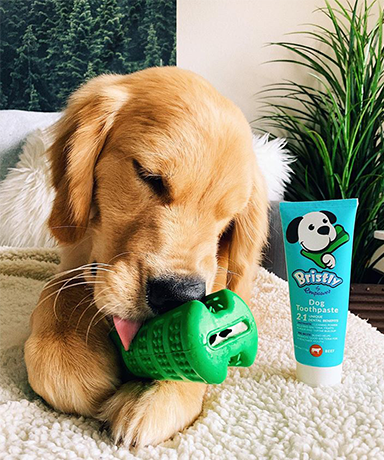Your Cart is Empty

Time to make your inbox pawsome
Sign up today and get 10% OFF your first purchase!


Perhaps the best part of being a pet parent to a dog is that amazingly intimate bond you share with one another. Our dogs are no longer just pets, but part of the family. They come with us during our run or hike, when we go to the mall, or go get our coffee from Starbucks. They are part of our daily activities, and our bonds with them have only grown closer as we move to humanizing our dogs.
If you want to make sure your relationship with your dogs are in the best shape, these tips can help you reinforce the bond with your dogs, and ensure you have the healthiest relationship with them.
The following is a combination from my own experience as a pet parent for over 25 years, a foster, and researching about this topic quite a bit. There seems to be a consensus of the themes mentioned below, as you’ll see from many great outlets like:
I Heart Dog, Dogington Post, PetMD, Modern Dog Magazine, The Bark, and many other sources.
Essentially every single interaction with your dog is a opportunity to bond. So how can we make sure that we don’t inadvertently weaken the bond between us and our dogs? Let’s explore some of the various ways to bond properly with our dogs.
There are plenty of activities you can do with your dog that are fun, positive, and reinforce your bond by getting those brain juices flowing out some love. Some of the best things you can do with your dogs are:
Go hiking, have a picnic, do a road trip together, bring your dog to work (I do this a few times a week), play some ball, the list goes on, but you get the idea.

Teaching your dog new tricks and commands is crucial for reinforcing your bond. Not only do you spend a lot of time together (and they get plenty of treats, total upside), but you learn how to communicate with one another. This gives a deeper understanding of your dogs personality and opens you both up to understanding how to listen and respond to one another, not to mention developing a deeper respect for one another.

Dogs are really sensitive to tone of voice and emotions, most of the time that’s how they distinguish when you are pleased with them or upset with them. Using a positive tone of voice and reinforcing good behavior is key to a strong positive relationship with our dogs. Yelling, or deeper tones give them the impression that you are mad at them, and makes them weary of you. So if you are correcting your dog, be firm, but don’t be scary. It’s a tough distinction, but with some conscious effort you’ll get it!
Understanding your dogs body language can really help deepen your connection with one another. Knowing when your dog is scared, nervous or anxious, aggressive, or ready to play are all really important. This can help set the up for success when training as well. If your dog is in an alert mood they will probably perform better during training versus if they are nervous or distracted by something. This amazing dog body language chart from The Bark Post (The Bark Box guys) can help you understand what your dog may be feeling or thinking.
Touch is a very important bonding tool. Even in humans, hugging—especially as children—is a vital way in which we bond to our parents. Touching and physical contact releases a chemical in your brain called Oxytocin, which is known to be the “Love” neurotransmitter. It is what makes you feel so close to your loved ones (yes your dogs too!). Not only is touch good to have for dogs, it’s probably crucial as most dogs crave to be close to us. This can shape their behavior significantly whether they are confident and friendly with others, or aggressive and defensive.

Now that you know all this, you can appreciate your time with your dogs a little more. Hopefully, you are more cautious of what you do and consciences to try and do more things with your dog. So pet, play, exercise, and learn with your dogs; they will love you more, and both of you will be better off for it!
